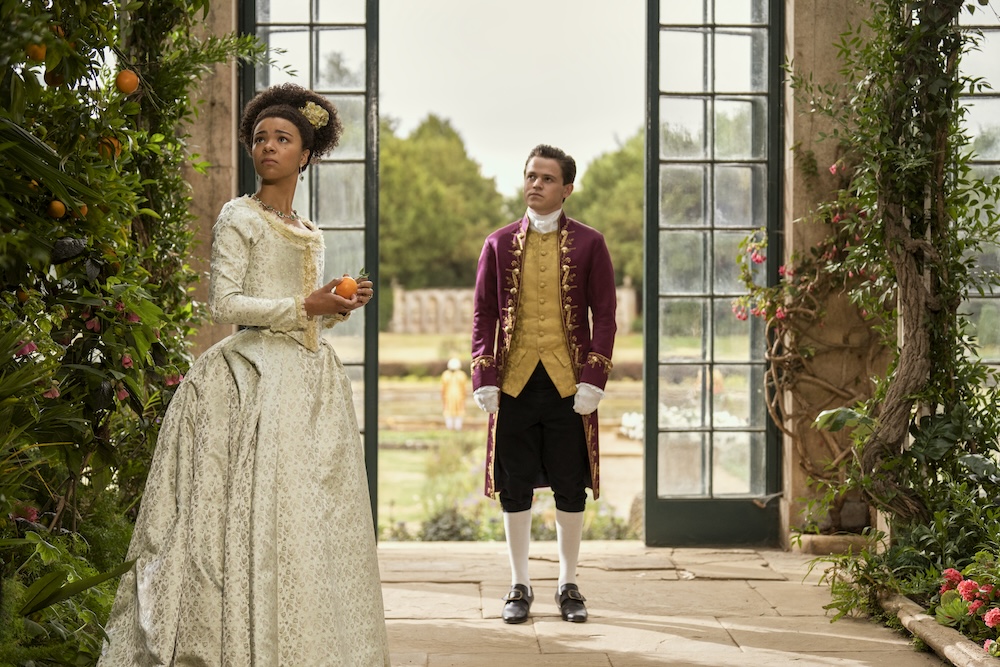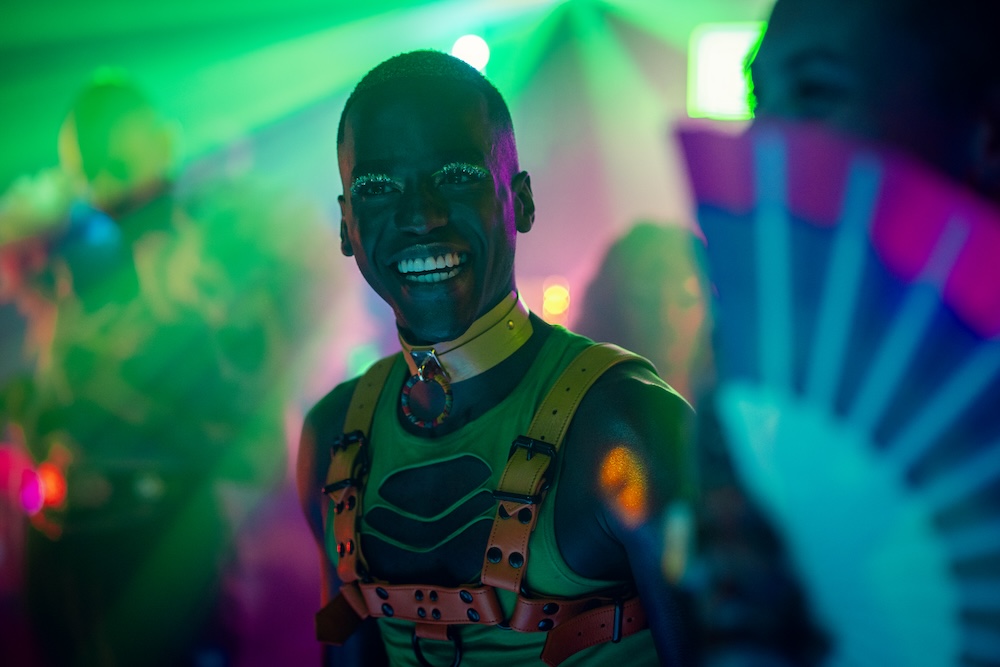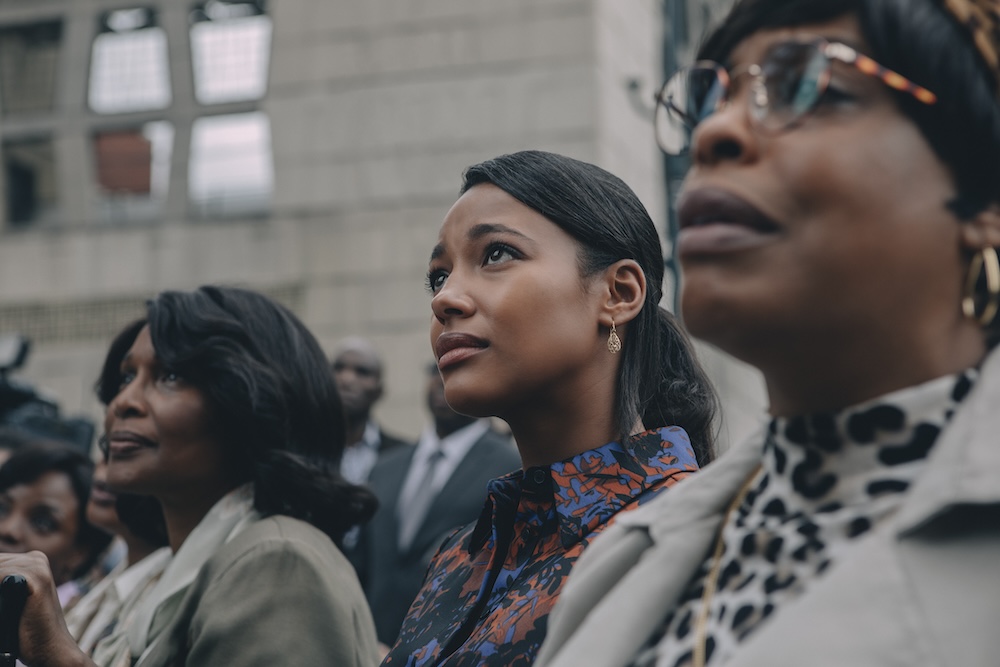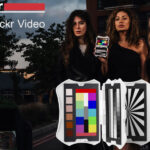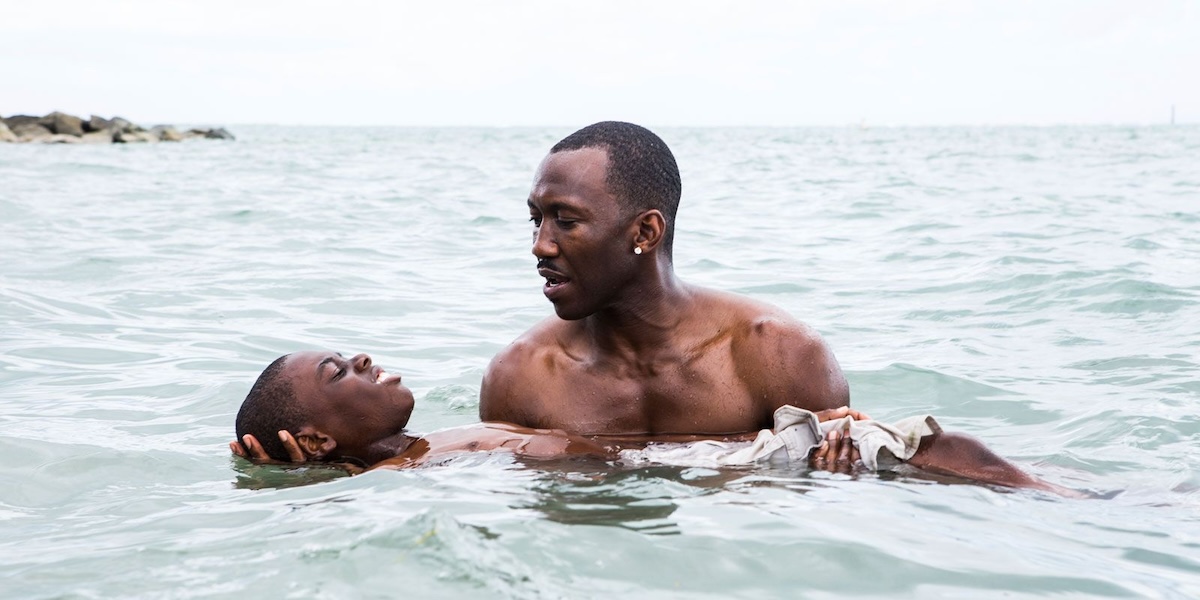
Illuminating diversity
Posted on Nov 3, 2023 by Katie Kasperson
The production industry has always struggled with inherent bias. Thanks in large part to technological advancements in lighting, we’re finally seeing inclusivity on-screen
Warm or cool, hard or soft, natural or practical – lighting is a balancing act. It’s key to defining the mood of a given character, scene or story, creating deeper meaning via a simple visual cue and subconsciously guiding viewers towards a certain emotion or conclusion.
At its most basic level, lighting is about making actors look good, and it should always be tailored to whatever’s in front of the camera. Each actor’s skin tone will interact with the light source, absorbing and reflecting it in a distinct way. When working with a diverse cast, a one-size fits-all approach won’t do anyone justice; luckily, cinematographers can employ several techniques to ensure accurate on-screen representation.
TIPS AND TRICKS
Tunji Akinsehinwa – cinematographer, documentary filmmaker and lecturer – shares how creatives can manipulate light to best portray various skin tones, and by extension, best tell diverse stories.
The first practical technique – and perhaps the oldest in the book – is to moisturise. “Dark skin tones absorb light, so to mitigate that, the moisturiser reflects the light,” explains Akinsehinwa. Another trick is to use a polariser, a filter which reduces reflections and glare. Polarisers work best in naturally lit environments, accentuating highlights without them becoming too bright. On HBO’s Insecure – based on Issa Rae’s own web series, Awkward Black Girl – Ava Berkofsky frequently used a polariser to film Rae and her co-stars.
DOPs can also manipulate light by using coloured lenses, filters or reflective papers, experimenting with atmosphere while emphasising the natural undertones in each actors’ skin. Akinsehinwa likes to use gold reflectors to “slightly warm up the skin”, with silver having the opposite effect.
Colour often plays a significant role in establishing a film’s overall aesthetic. Take the Oscar-winning Moonlight: writer/director Barry Jenkins and DOP James Laxton opted for high saturation, high contrast and subtle highlights. The actors’ black skin appears blue under the moonlight – a purposeful storytelling device (the film is based on the unpublished play In Moonlight Black Boys Look Blue). Each of the film’s three ‘acts’ also takes on a distinct colour palette, differentiating phases of the protagonist’s life.
INDUSTRY OVERSIGHTS
Actors want to feel like a valued part of any production. While teaching a course at MetFilm School, Akinsehinwa recounts, “[Actors] were frustrated by the way they were being lit, which often failed to represent their true likeness and made them feel neglected.” He continues, “There is a mental wellbeing impact to consider. Most actors and actresses desire to look good on screen.”
It would be bad practice to use more aggressive lighting, as this compromises darker skin tones and washes out detail. “A common mistake is thinking you need stadium-size floodlights to light black skin tones. This overexposes your black cast so much that they’re hardly identifiable,” says Akinsehinwa. When dealing with various skin tones, he suggests soft lighting, placing the actor with the darkest skin closest to the source.
Increasing contrast is also a mistake, as “in scenes with high contrast, it is simply more difficult to control skin tones,” says gaffer Daan de Boer, who works closely with Aputure. “For every type of skin, the key is to set the right contrast; matching that with the desired mood.”
TECH TRANSFORMED
It wasn’t always possible to authentically portray skin tone on-screen. Due to the technological limitations (read: built-in bias) of early film stock, black and brown actors often appeared underexposed, with any textural detail being irrecoverably lost in darkness.
In the 1980s, film emulsions underwent advancements, allowing DOPs to sufficiently capture darker skin tones. Black filmmakers like Spike Lee and Julie Dash enjoyed newfound storytelling ability thanks to practical improvements.
Then, in the early 2000s, film got a major upgrade with the invention of digital intermediate (DI). Filmmakers could capture colour and light in greater depth and detail – and make the necessary adjustments in post production. The industry continues to see an insurgence of diverse talent, and we’re finally seeing their stories told.
But technological advances don’t always bring aesthetic improvements. For instance, “the RGB LED panels commonly used in virtual production LED volumes” can render skin tones “unnatural”, according to Cesar Caceres, product lead at Brompton Technology. “To achieve accurate representation, filmmakers should consider RGBW LED panels or similar technologies that offer a broader spectral output,” he suggests.
De Boer concurs: “Simply put, it’s the lighting that creates the image – and if the light has little colour information, the image will look flat. That is especially bad for skin.” Cheap LEDs often have limited spectrums, providing an incomplete colour palette. “Choosing an RBGW structure will utilise a much wider part of the spectrum,” he explains.
Brompton developed TrueLight, an RGBW technology, as a response to the issues raised by RGB LEDs. “The shift towards RGBW LED panels represents a positive step towards better colour rendition, ensuring that skin tones are displayed accurately,” says Caceres.
RISE AND SHINE
“When dark-skinned characters are in the same scene as white counterparts who have been well-lit, the discrepancy is obvious,” shares Akinsehinwa. He argues the importance of learning – and teaching – simple strategies to avoid this. “The basics of how to light for dark skin tones can be taught in a few hours,” he explains, “which at least gives students a valuable foundation from which to build.”
Howard University, a historically black institution in Washington DC, has become a catalyst for black cinematographers, teaching filmmaking as being both practical and political. Bradford Young is among its most famed alumni, having received critical acclaim for his cinematography on Mother of George, Arrival – which earned him an Academy Award – and When They See Us.
The industry is finally seeing a shift, with more content being created by BIPOC writers, directors and actors. “There has been a gradual change, in that we see multi-racial casts, like Bridgerton, where it is necessary to light diverse skin tones – often in the same scene,” states Akinsehinwa. Other examples include hit shows like Sex Education and Top Boy. “As cinematographers, we have to respect the cast with the way we light and shoot them – and understand that part of our job is ensuring accurate representation.”
“Diversity is essential on every level,” de Boer summarises. “It is like light – it’s a spectrum, and we need all colours to be represented.”
This story appears in the October 2023 issue of Definition.


